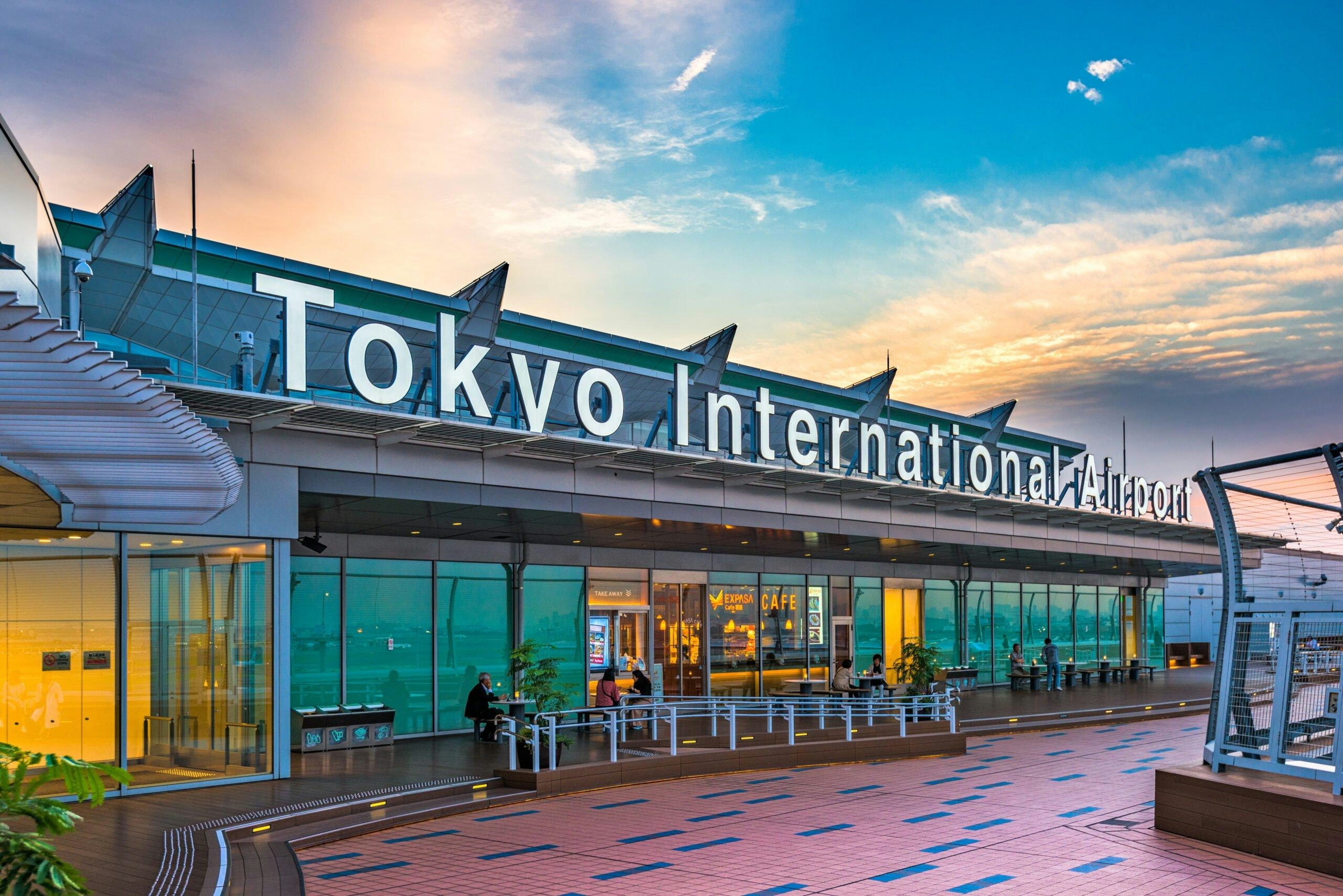热门趋势
Tokyo Narita International Airport Plans 'Airport City' Development
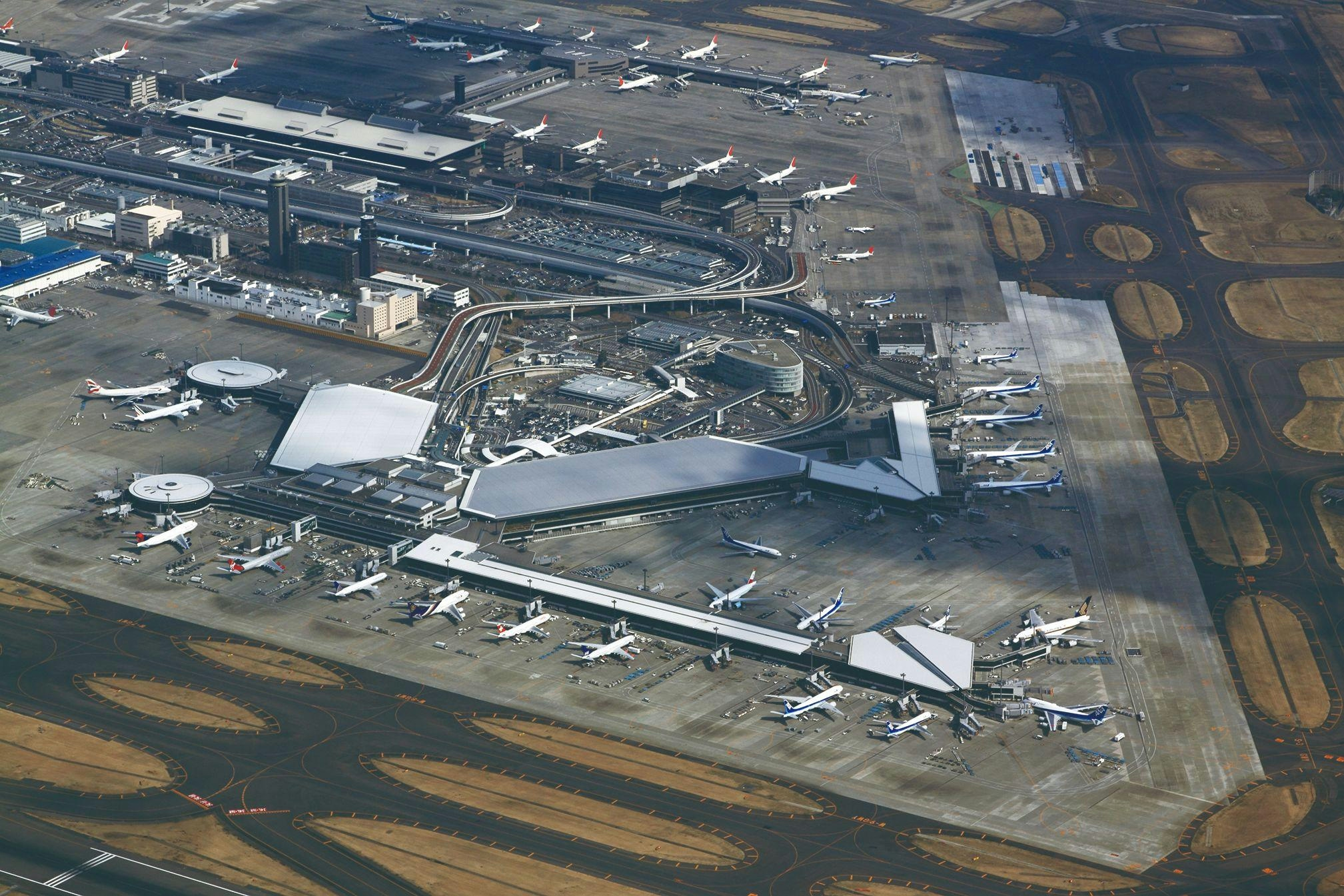
Tokyo Narita International Airport Unveils Ambitious 'Airport City' Development Plans
Japanese authorities have announced a comprehensive plan to develop a transformative "airport city" at Tokyo Narita International Airport, aiming to enhance the airport’s global competitiveness and stimulate the regional economy. Spearheaded by the NRT Area Design Center—established in April through a collaboration between Chiba Prefecture officials and Narita International Airport Corporation—the initiative unites a diverse coalition of stakeholders, including central and local governments, private enterprises, academic institutions, and community organizations.
Structure and Phases of the Airport City
The proposed airport city will be structured into five interconnected zones, each serving distinct functions. The Airport Zone will focus on advanced industries, logistics, aircraft maintenance, research, and business hubs. The Urban Zone is intended to foster tourism and retail development, while the Riverside and Seaside Zones will emphasize natural, cultural, and tourism activities. Lastly, the Natural-Life Zone will prioritize eco-friendly living and high-tech agriculture.
The project is approaching its execution phase, slated for 2025 to 2030, aligning with significant airport expansion efforts. Construction of a third runway, known as Runway C, is already underway, alongside the extension of Runway B. These infrastructure enhancements are expected to increase Narita’s annual flight slots from 300,000 to 500,000. During this initial phase, land acquisition for industrial and urban zones will begin, accompanied by the development of new road infrastructure. The subsequent phase, spanning 2030 to 2040, will focus on launching new cargo facilities, opening various zones and buildings, and realizing measurable economic benefits.
Challenges and Competitive Landscape
Despite its ambitious scope, the development faces several challenges. Securing complex regulatory approvals and addressing environmental concerns will be critical hurdles. Additionally, the project must navigate potential opposition from local communities affected by the expansion. The initiative also enters a competitive regional environment, where neighboring airports are expected to respond with their own expansions or enhanced services to protect market share.
These local challenges coincide with broader scrutiny in the global aviation sector. Industry-wide issues, such as safety concerns highlighted by recent incidents at Newark Airport in 2025, underscore the necessity for stringent operational and regulatory oversight. As Narita advances its airport city vision, balancing growth ambitions with safety, sustainability, and community engagement will be essential.
If successfully implemented, the airport city could establish Tokyo Narita as a premier international hub, driving economic growth while setting new benchmarks for integrated airport development.
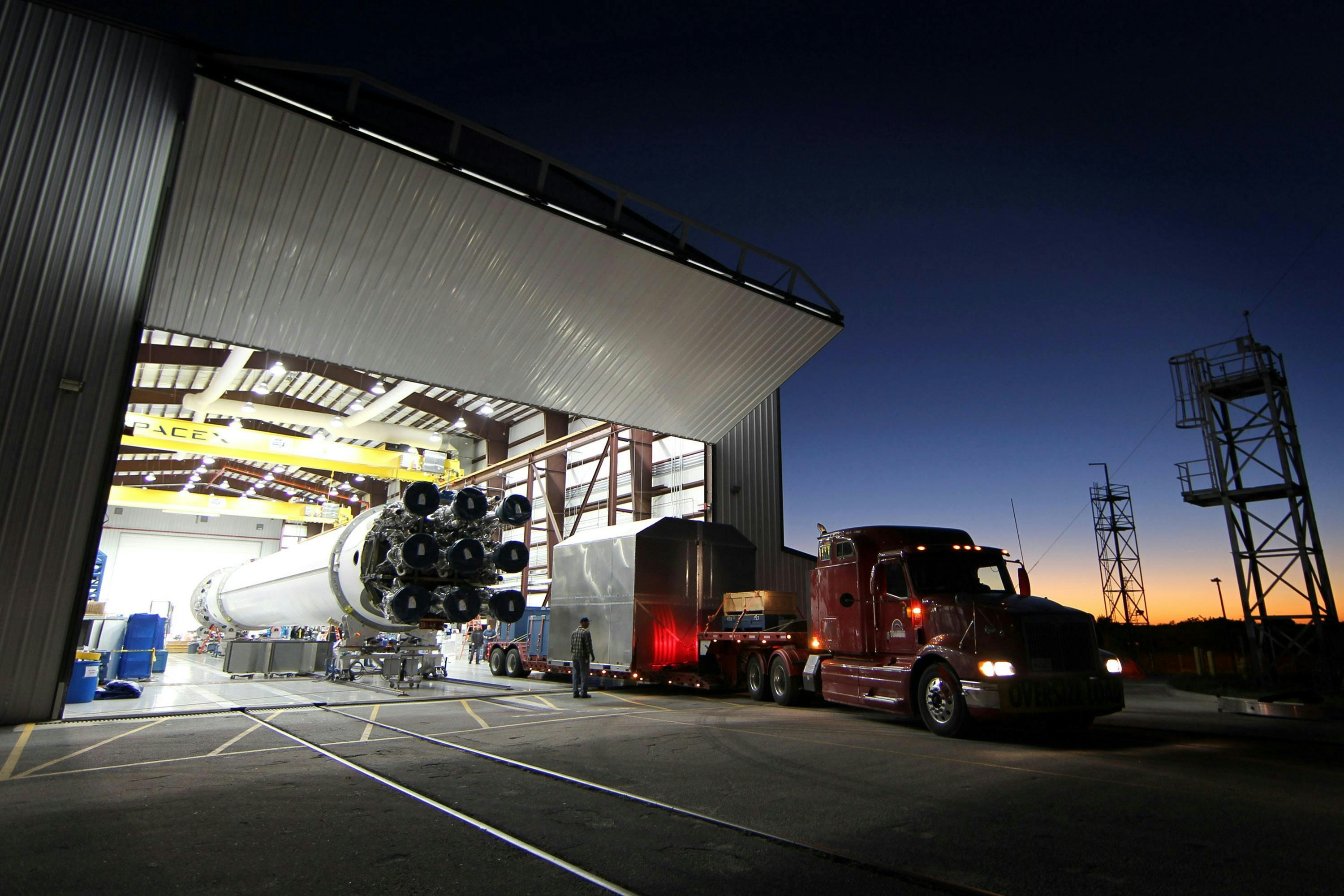
Starlink's Role in Transforming Aviation Infrastructure
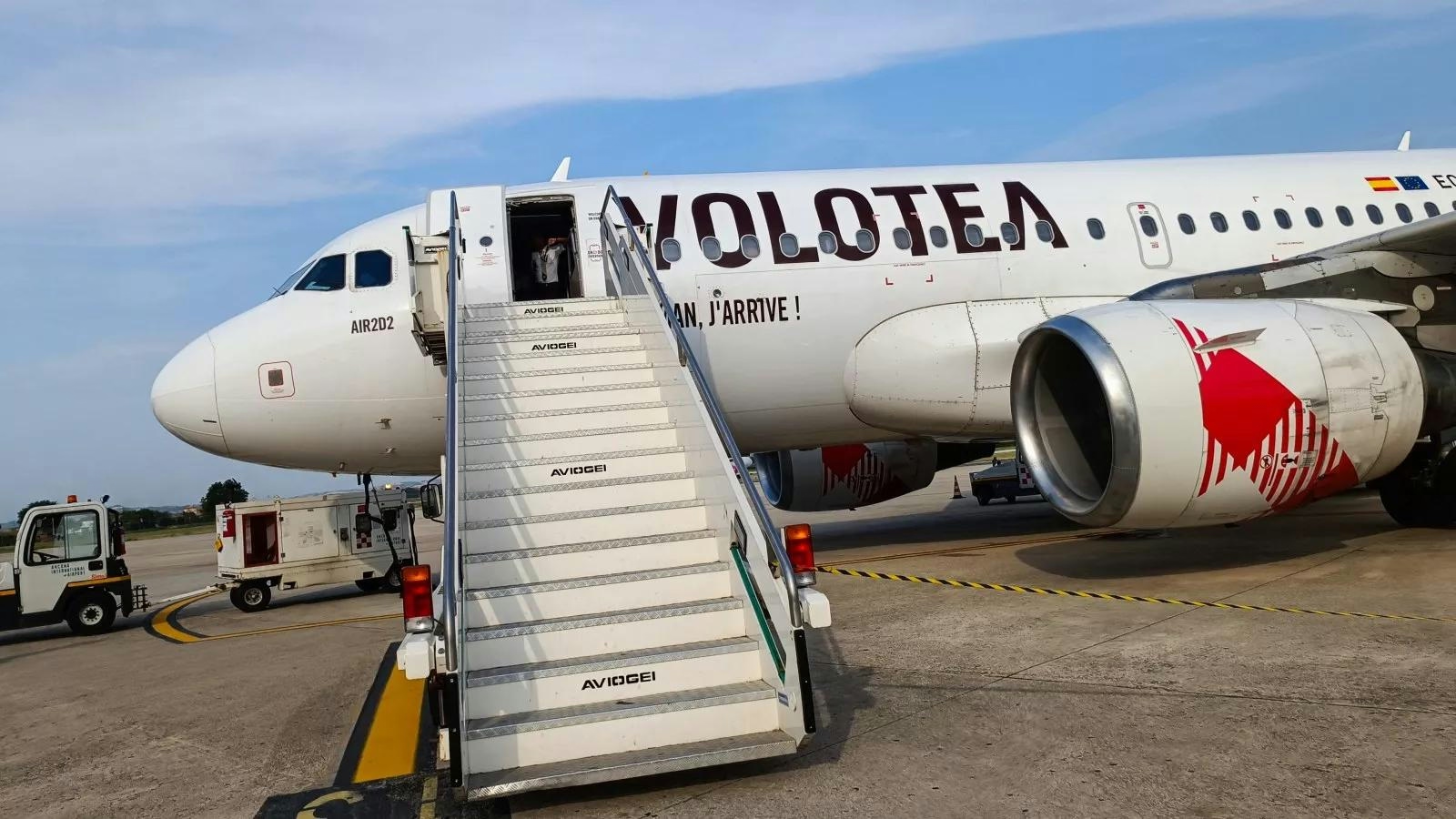
Investigation Launched into Fatal Injury Caused by Volotea A319 Engine at Milan Bergamo Airport
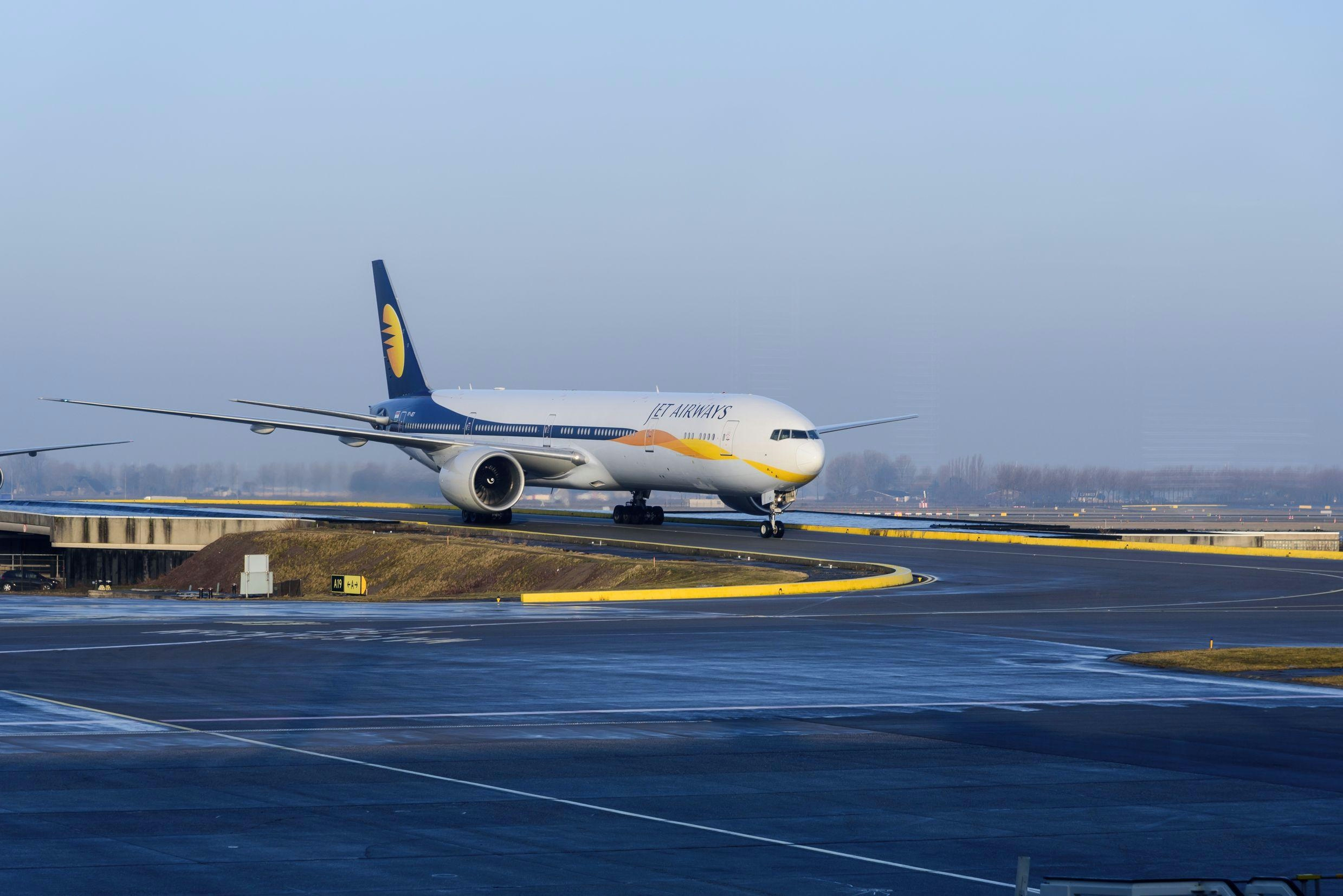
India, France, and Singapore Collaborate as Jet Airways Relaunches
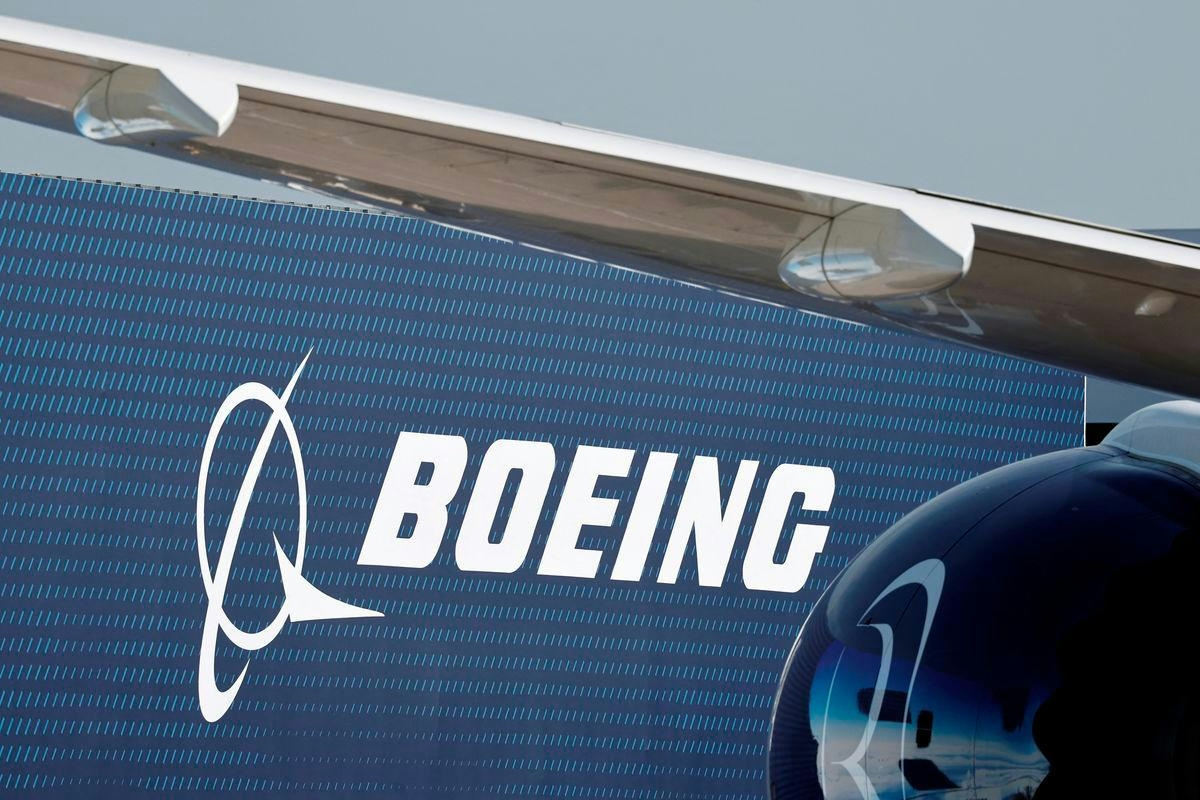
Boeing Resumes Deliveries to China
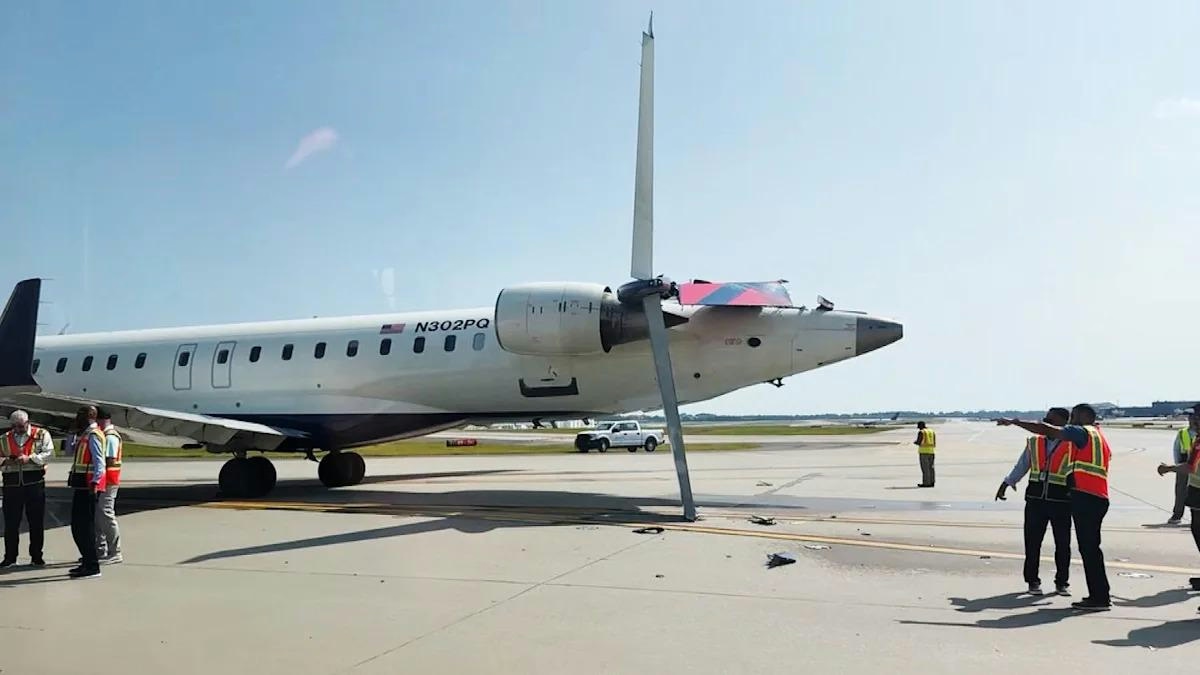
China Develops Soft Runway Material That Crumbles to Slow Planes
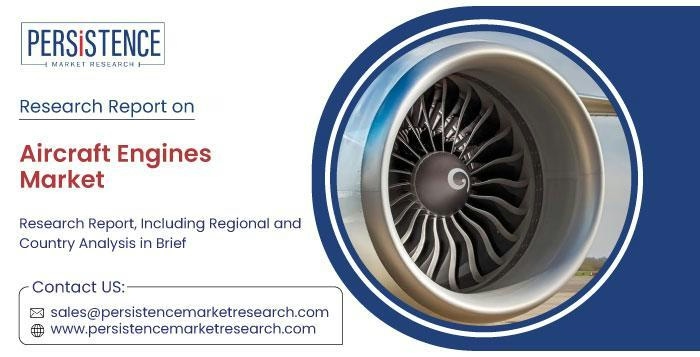
Aircraft Engine Market Projected to Reach $157.5 Billion by 2032
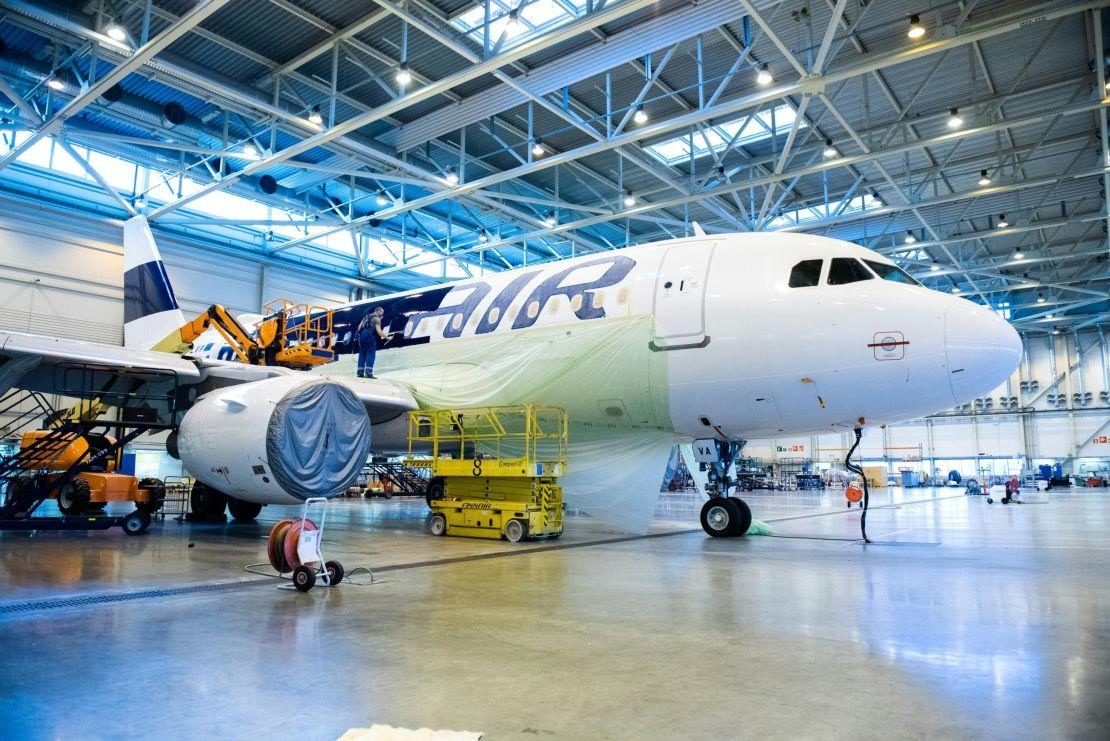
AerFin Acquires Four A320neo Aircraft to Enhance Aftermarket Support
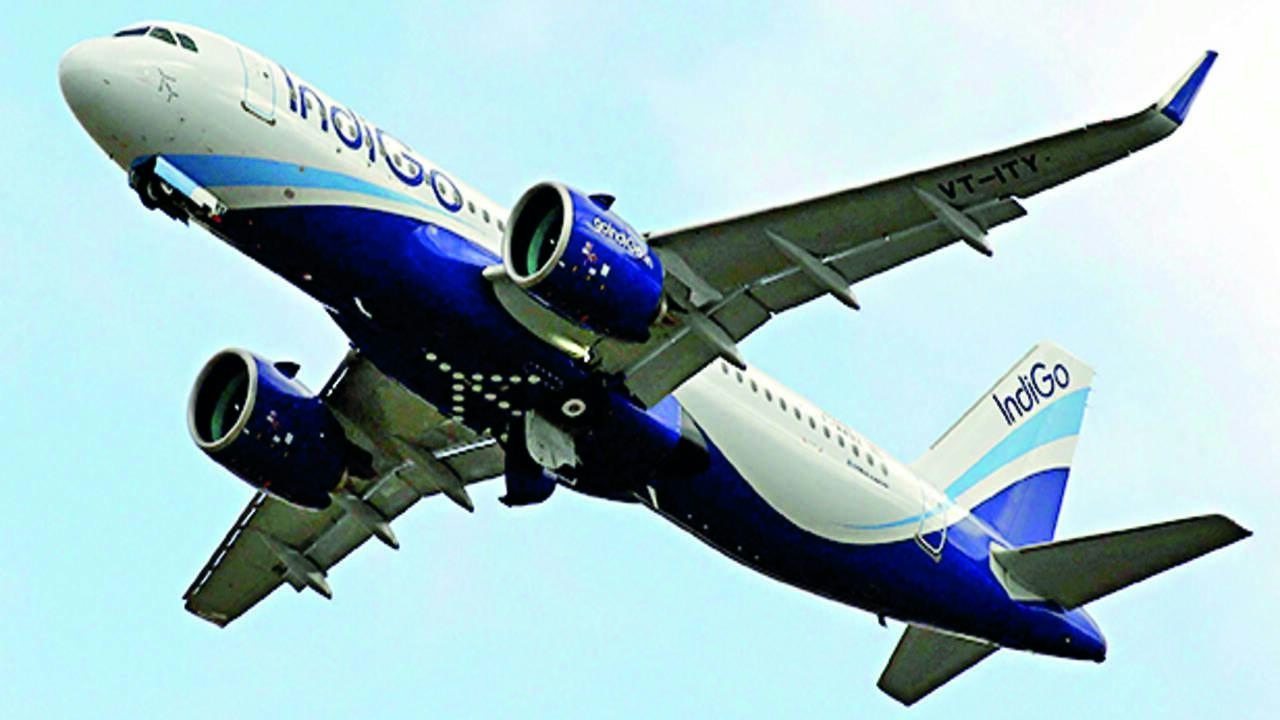
IndiGo Confirms Order for 40 Airbus Aircraft Amid Global Expansion
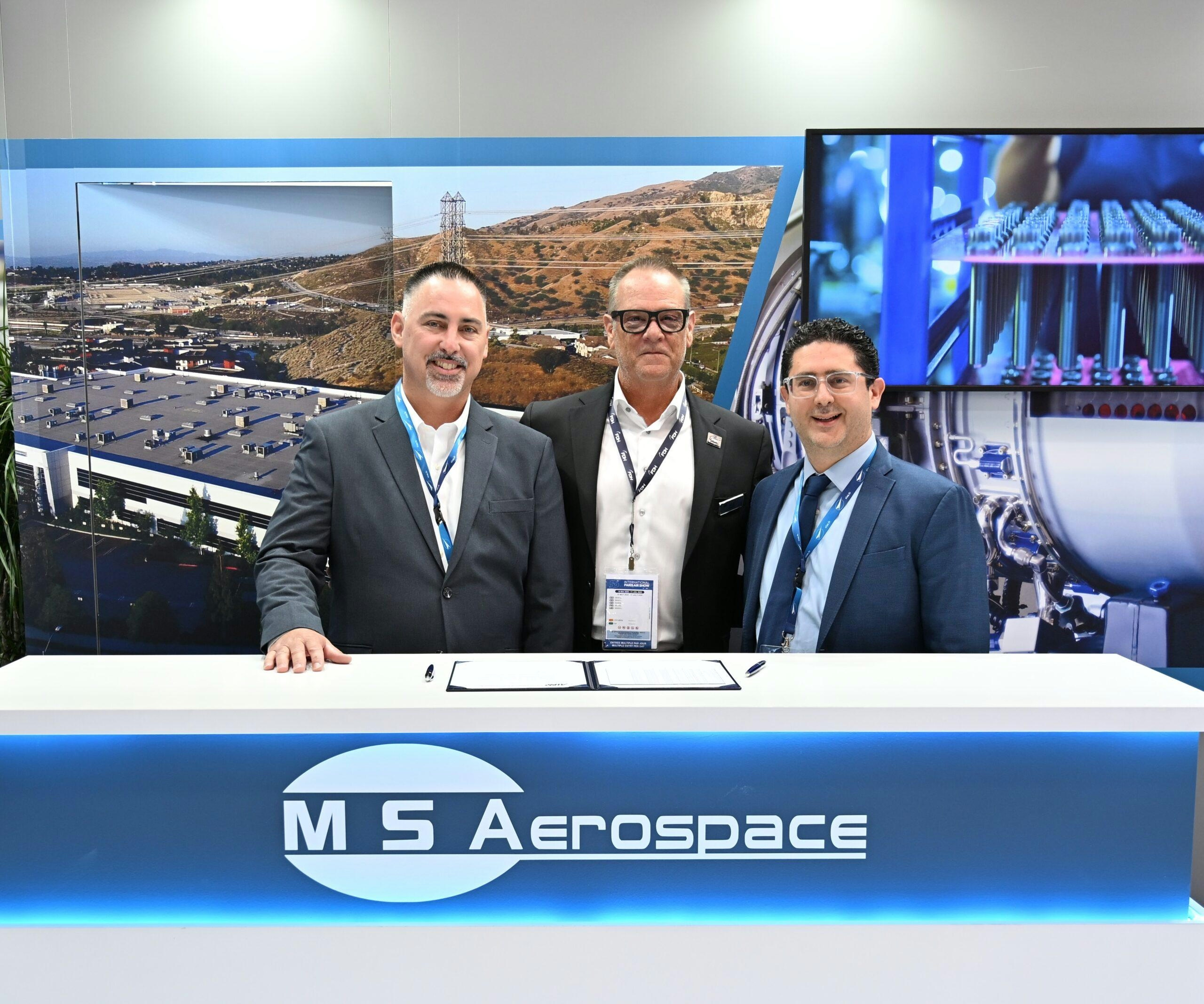
FDH Hardware and MS Aerospace extend fastener supply for F-35 programme
